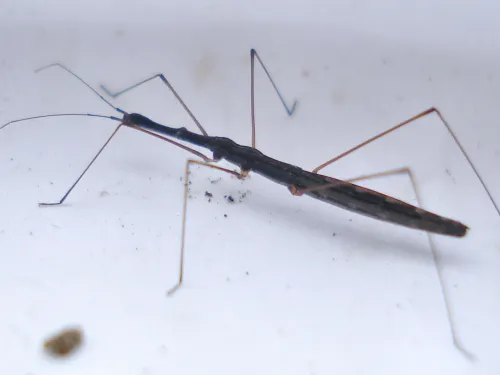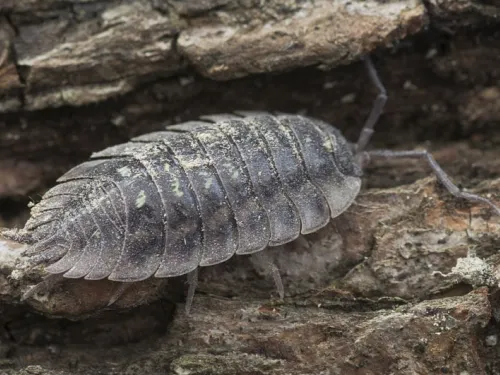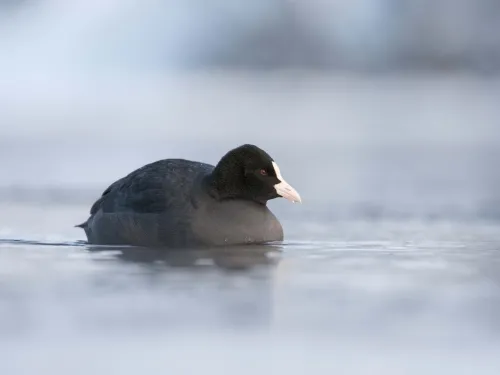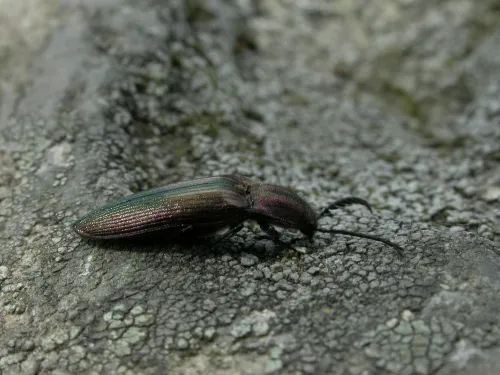
Common water-measurer
Found in ponds and marshes, the fragile look of the Common water-measurer belies its fierce nature. A predator of small insects, it uses the vibrations of the water's surface to locate its prey.
Want to learn more about wildlife near you? You're in the right place, search below and discover the nature you can help protect in Kent.

Found in ponds and marshes, the fragile look of the Common water-measurer belies its fierce nature. A predator of small insects, it uses the vibrations of the water's surface to locate its prey.
Common whitebeam is not a common tree, despite its name. It can be found growing wild in a variety of habitats, but is also planted in towns and gardens. Look for shiny, oval leaves with white undersides.

If you were to pick up a rock in the garden, you’d hopefully find a few common woodlouse. These hardy minibeasts have in-built armour and like to hide in warm, moist places like compost heaps.
It's easy to see where the compass jellyfish got its name – its brown markings look just like a compass! They may look beautiful – but they give a nasty sting so keep your distance.

A familiar black bird of our lakes, ponds and rivers, the coot is widespread; look out for its large and untidy-looking nest on the water in spring. The coot can be distinguished from the similar Moorhen by its white beak and 'shield', and its entirely black body.

The Coppery click beetle is a large, coppery-purple beetle with straw-brown wing cases. It can be found on grassland and farmland, and its larvae are known to feed on roots and damage crops.
One of the most striking and beautiful reef species found in the UK!

The cormorant is an excellent fisher. It is most easily spotted when it is perched, stretching its wings out in the sun to dry after a dive. The UK holds internationally important wintering numbers of cormorant.

Like many of our farmland birds, the corn bunting has declined in number in recent years. Spot this streaky brown, thick-billed bird singing from a wire or post - it sounds just like a set of jangling keys!
Once considered a weed of cornfields, the cornflower was nearly wiped out by intensive agricultural practices. Today, it can be found in deliberately seeded areas, and on roadside verges and waste ground.
Cotoneaster was introduced to the UK in 1879 from Eastern Asia as an ornamental plant. It is now an invasive non-native species which is taking over valuable habitats including limestone grasslands.
The umbrella-like clusters of white, frothy flowers of cow parsley are a familiar sight along roadsides, hedgerows and woodland edges.